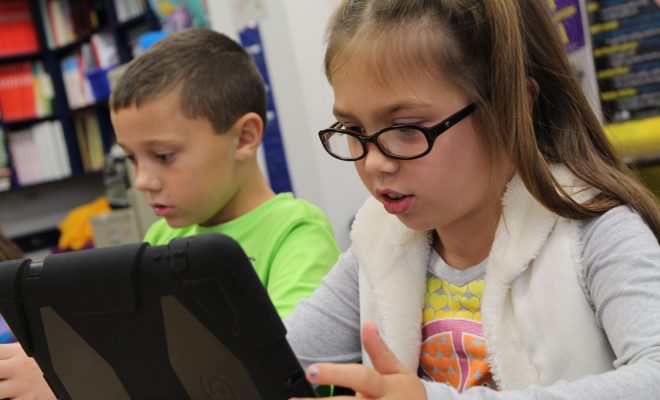6 Areas of Technology Professional Development for Teachers and Education Administrators

To become an effective educator in today’s world, you have to understand how to integrate technology into the classroom or an entire school or school district. But how do teachers and education administrators learn how to use technology to facilitate the teaching and learning process? Well, some of it is learned through their teacher education or education leadership programs, some of it learned through trial and error, and the rest is learned through professional development. In this piece, we will discuss 6 areas of technology professional development for teachers and education administrators.
- Digital literacy. By this definition, encompasses a wide range of skills, all of which are necessary to succeed in an increasingly digital world. As print mediums begin to die out, the ability to comprehend information found online becomes more and more important. Students who lack digital literacy skills may soon find themselves at just as much of a disadvantage as those who cannot read or write. Because digital literacy is so important, educators are increasingly required to teach students digital literacy in the classroom. To do so at an optimal level requires professional development.
- Virtual reality. Refers to a computer-simulated environment, which may be a simulation of the real world or an imaginary world. Virtual reality sounds like a far-off futuristic concept. When we hear the words “virtual reality” we may think of people wearing big helmets that transport them to another location from the comfort of their home (or classroom). However, virtual reality is slowly becoming a reality in the classroom. It doesn’t look quite like what you might imagine, but it is improving all the time. The potential benefits of virtual reality in the classroom are endless, but most teachers don’t understand how to use this technology. To harness its potential learning benefits, educators need support and guidance, and this is where professional development steps in.
- Cloud computing. When it comes to greater educational collaboration, cloud computing has unlimited potential. This is true for teacher-to-teacher, teacher-to-parent, and teacher-to-student applications. By using a common location, academic expectations can be better accessed, along with actual student work. Instructors can also share learning materials and experiences through the remote opportunities that cloud computing provides. Because of its potential to make the teaching and learning process more efficient, we advise professional development coordinators to add cloud computing to their list of offerings.
- Makerspaces. Are creative spaces located in communities, schools, and public and academic libraries. These areas are designed to engage participants in hands-on activities that teach twenty-first-century skills. The emphasis in makerspaces is placed upon educating students in STEAM (science, technology, the arts, engineering, and mathematics) subjects as well as digital and information literacy. To create makerspaces that will maximize student performance, educators need quality professional development for guidance and support.
- Gamification. Refers to the process of bringing in aspects of video games and using them to increase the intrinsic motivation behind completing certain tasks. Often, these systems include aspects like the ability to earn points, reaching new levels, and even advancing on a leaderboard. Although most educators understand the basic principles of gamification, many do not understand the best practices for maximizing its effects on student learning. This is where professional development steps in.
- Virtual laboratories. These web applications give students the chance to perform physical science experiments over and over, from anywhere with Internet access. As in a physical lab, the performance of the student will determine the results of the experiment. While not a replacement for all in-lab exercises, the virtual version can provide extra practice and guidance. There is no pressure to “get it right” on the first run, and mistakes are allowable because the technology lends itself to no-cost repetition. It also may prove a smart solution to rekindling the American public’s interest in the scientific. Since it is a relatively new technology, educators need to be trained on how to implement it in their STEM classrooms.
What did we miss?





